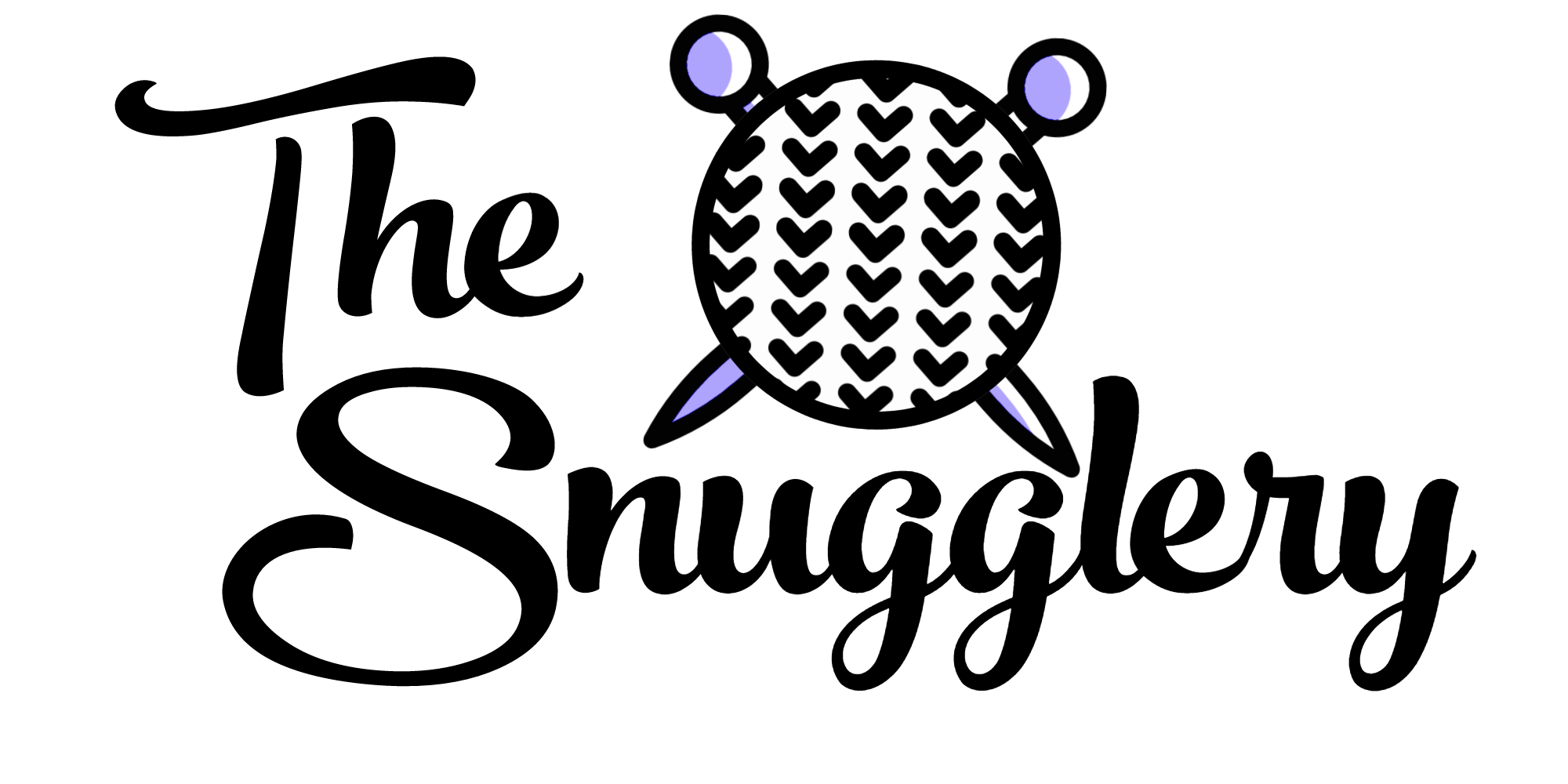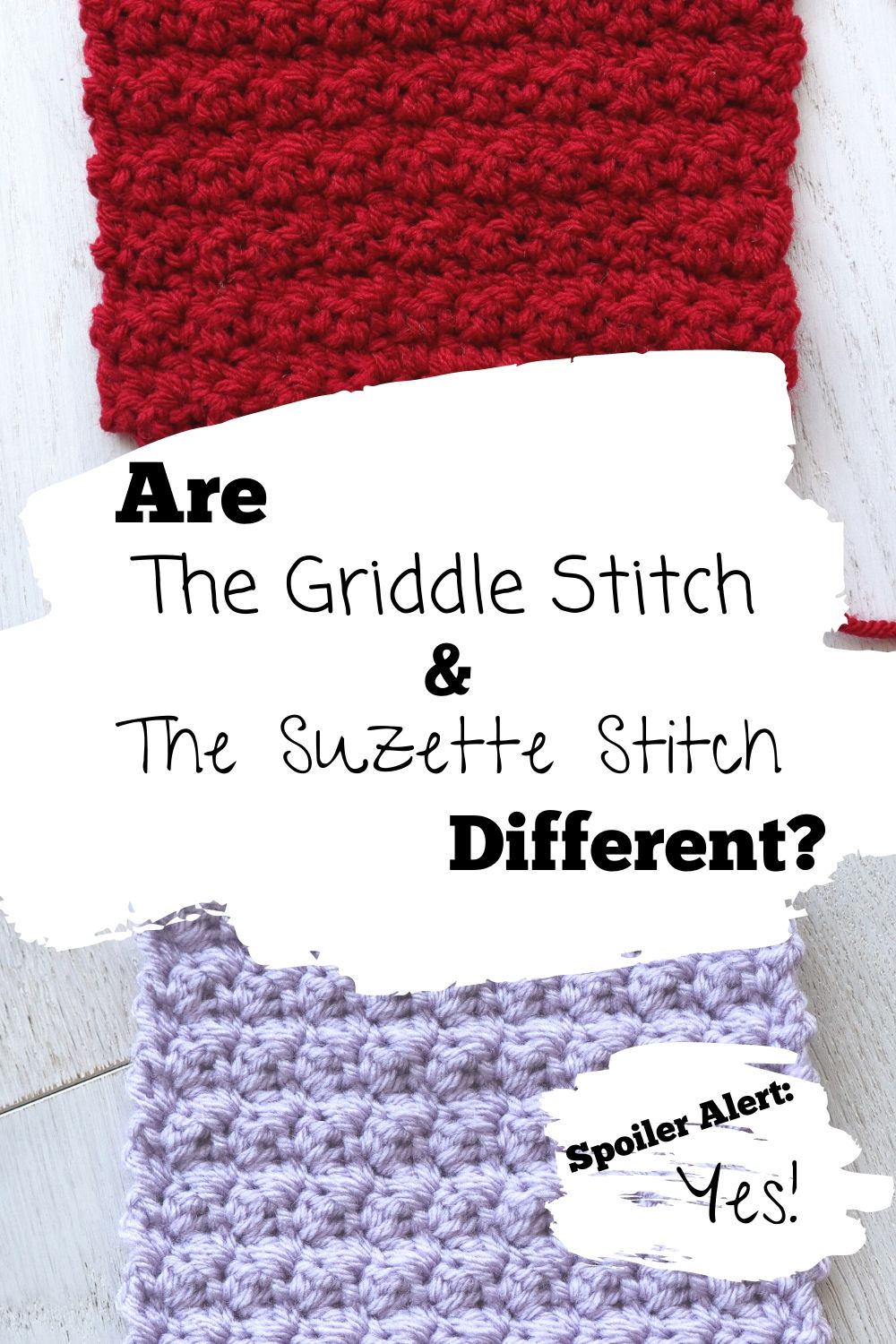The griddle stitch and the Suzette stitch are some of the first new stitch patterns you might learn as a beginner. And they truly are great beginner stitches because they are just combos of the basic single and double crochet stitch. For that same reason, though, it’s easy to get them confused!
So if you’ve wondered if they griddle stitch and Suzette stitch are the same, I’ll break both stitch patterns down below including some different pattern applications and suggestions.
Let’s start with the griddle stitch
The basic instructions for the griddle stitch are:
-
Ch an odd number of chains (desired length plus 1)
-
Skip the first ch, make *1sc in the next ch, 1dc in the next ch* repeat between * to end of row
-
Ch 1, *1sc, 1dc*
-
Repeat row 2 until desired length
It’s important to note that turning chains in the griddle stitch don’t count as a stitch. You’re essentially alternating 1sc and 1dc, every stitch. So each single crochet will be worked in the double crochet stitch from the previous row and vice versa.
Like I said this is a great beginner stitch because all you need to know is how to ch, sc and dc. It’s also a good stitch if you:
-
Need an even number of sts for a pattern
-
Are looking for a stitch pattern that matches the height of a half double crochet
An impressive bonus of the griddle stitch is what happens to it when you work a different color each row.
Suddenly you have the houndstooth stitch!
The key to pulling off the houndstooth griddle stitch (when working flat) is carrying your old color across the row while you’re working a new color. This is how you get the next color you’re going to use on the correct edge of your work to start the next row.
It can be a little tricky at first to carry your old color across the row, so I show exactly how to do it in THIS video for my twist-front houndstooth headband pattern.
And best of all, if you work in the round, you don’t need to carry the yarns at all! The color you need will always be there at the start of the round ready to go.
To wrap up the griddle stitch, I want to share a list of all the names I’ve personally seen this stitch go by. If you know any more, please let me know!
-
The Lemon Peel Stitch
-
Gingham Stitch
-
Seed Stitch
So now that we’ve had fun with the griddle stitch, let’s talk about her sister Suzette.
The basic instructions to crochet the Suzette stitch are:
-
Chain an even number of chains
-
Skip the first chain and make 1sc and 1dc all into the 2nd ch. *Skip the next ch, make 1sc and 1dc in the next ch*
-
Ch1, turn, and skip the first stitch (which is the top of the dc from the previous row) and make 1sc and 1dc in the next st (top of the sc from the prev row). Continue making 1sc and 1dc in every other stitch of the row.
Repeat the last row for the desired length of your project.
So the Suzette stitch is also a great beginner stitch, using only single and double crochet. It’s great for your project if you:
-
Need an even number of chains for a pattern
-
Want a thick, textured stitch
So as you can see, these stitches are VERY similar. Both crochet stitch patterns have you alternating single and double crochet. The difference is, griddle has you working 1 stitch in each stitch and Suzette has you working 2 stitches into every other stitch.
There you have it! I hope that clears some things up and helps you decide which stitch YOU want to use for your next project. Check out my video tutorial and downloadable pattern available for purchase of the houndstooth twist front headband! And please let me know if you have any additional insights into these popular, timeless stitches!

